Rapidly shrinking glaciers in Montana’s Glacier National Park alarm scientists and visitors to the mountainous 1.013 million-acre park along the Alberta border. In the past half century, more than half of Glacier’s ice pack has disappeared. All the glaciers have retreated.
To measure the impacts of a changing climate in the high country, the park and other public land managers enlist volunteers to monitor animals that may be at risk of diminishing populations or even extinction due to increased temperature, loss of glaciers, change in habitat, and the demise of forage.
The Crown of the Continent Research Learning Center, based in West Glacier, Montana, recognizes that mountain goat and pika populations have declined outside Glacier, yet the park’s research staff needs baseline data to examine changes in these two high-elevation mammals. In 2008, the group established the High Country Citizen Science Project. Since then, a few hundred volunteers have collected data on species of concern—pika and mountain goats—that rely on cool temperatures of the high country for foraging and escape from predators.
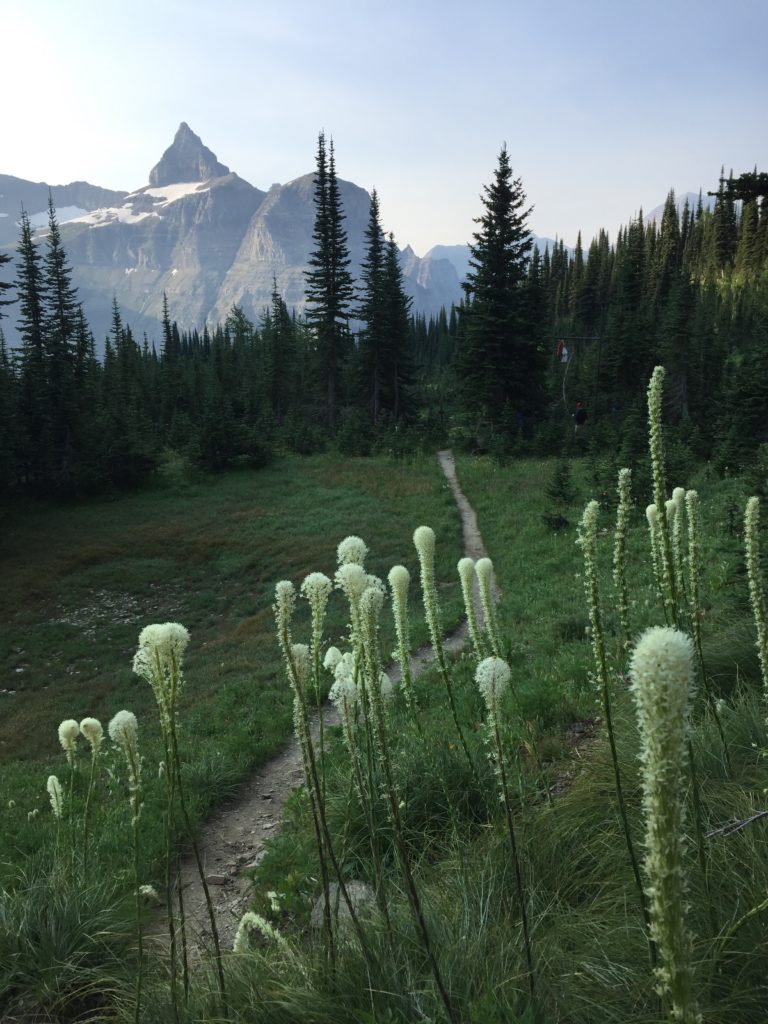
For the past five summers, my family and I have volunteered to backpack into Glacier’s mountains and valleys to document pika and mountain goats and their habitat. We pack binoculars, a GPS with study sites preloaded, telescope, tripod, goat and pika survey forms, and little envelopes to collect pika scat. Oh, and each of us pack a canister of pepper spray in case of a chance encounter with Glacier’s apex predator: the grizzly bear.
As we look for pika poop, my husband, Lynn, and son, Bridger, scramble over a boulder field between Canada’s Waterton Lakes National Park, where we started our backpack trip, and Bowman Lake, where we finished our five days in the high country.
“Shhhh,” I whisper. “I think I hear pika.”
Lynn can’t hear it. Bridger is skeptical. “It’s a marmot,” he says, and darn if the 23-year-old isn’t correct. The good news is that marmot and pika often share the same scree fields. The bad news is that we don’t find pika at this site.
“I found a haypile,” says Lynn, shining a super bright flashlight between meter-high rocks. “It’s really old though. And the scat is all white.”
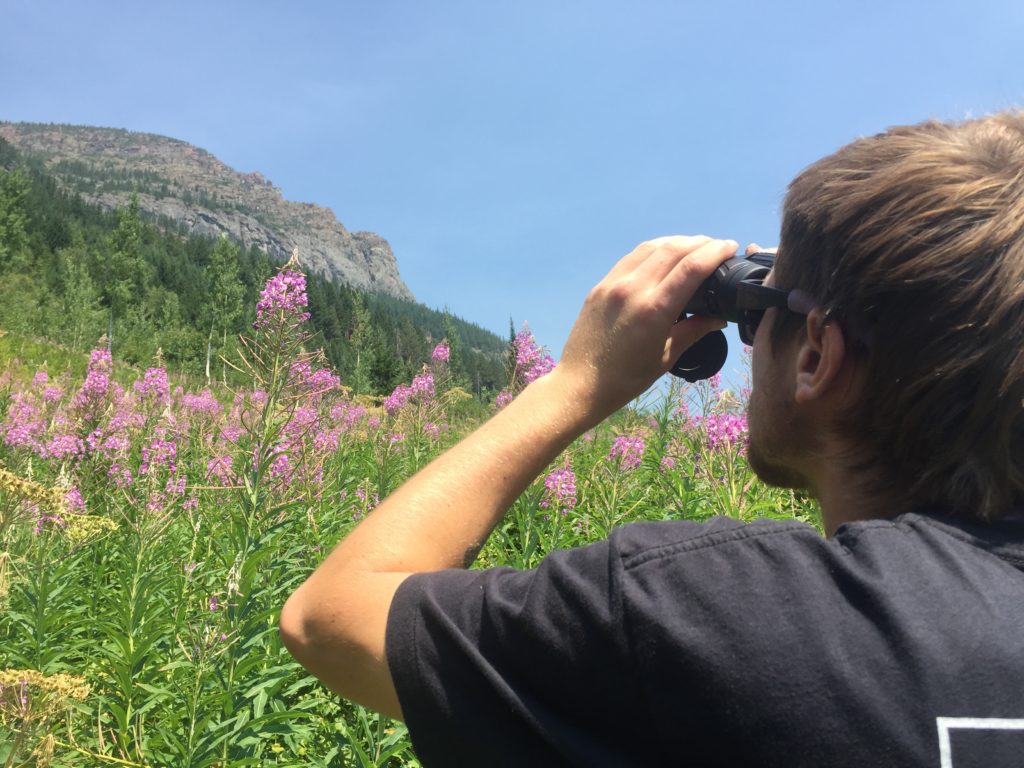
We search for an hour for evidence: fresh scat, pika calls, and haypiles—piles of drying grasses, sedges, and wildflowers that can reach as large a meter in diameter and one meter high. During the Crown of the Continent field training session five years ago, we hiked to a pika site near Two Medicine Lake. As we examined a haypile, a pika squeaked “eep!” and dashed under a boulder, carrying a mouthful of purple flowers.
The endearing American pika is an herbivore that looks mouse-like but is instead related to the rabbit and hare family. At 120-175 grams, the cinnamon brown or gray fur balls shelter among boulders. As subnivian creatures, pika don’t hibernate; instead, they tunnel under the snow that can be several meters deep in Glacier each winter. They hide from predators, coyotes, weasels, ermines, eagles, and other birds of prey—and now climate change.
Summer temperatures linger deeper into fall and spring, warming and melting glaciers at a faster pace than ever documented before. Species that must have cool weather to survive might not be able to relocate to higher, cooler elevations. Pika’s body temperature at 104.2 degrees can quickly increase to a deadly 109.6 degrees even when the outside temperature is below 80 degrees. They don’t sweat or pant so they need habitat—cool places—to prevent their body temperatures from rising dangerously high.
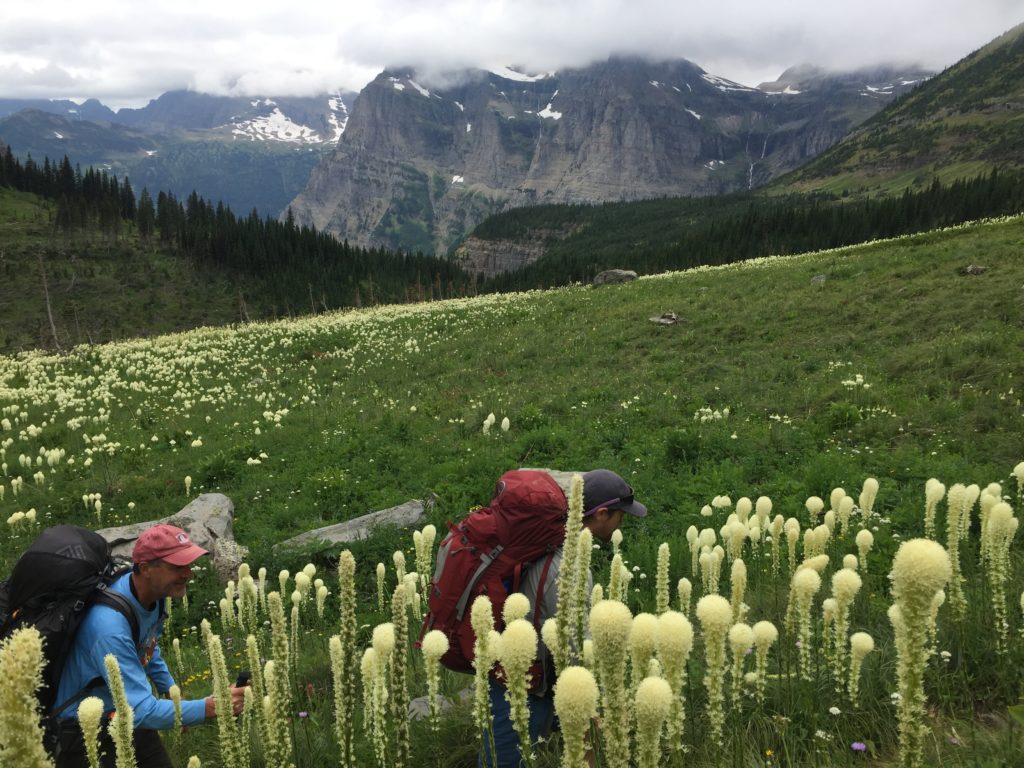
According to the National Park Service, “Climate models predict that the average temperature in North America will rise by 2-10 degrees Fahrenheit by the end of the 21st century. Northwest Montana’s average temperature has already risen 2.34 degrees (1.8 times the global average) in the last century, with high elevation areas warming at an even faster rate.” This contributes to shrinking habitat as conifers encroach the alpine meadows, reduce forage, and impede the pika’s ability to detect predators.
That’s where the glaciologists from Glacier National Park sound an alarm. They estimate the glaciers at 7,000 years old from the Little Ice Age. Prior to that, during the Pleistocene Epoch, which ended about 12,000 years ago, ice covered the Northern Hemisphere, lowering sea levels some 300 feet. Near Glacier National Park, ice was a mile deep.
These massive receding glaciers shaped the famous hanging valleys of Glacier. Glaciers sculpted the park’s iconic arêtes, horns, cirques, tarns, and chains of lakes called paternoster lakes. Based on current research models, all the glaciers will disappear by 2030.
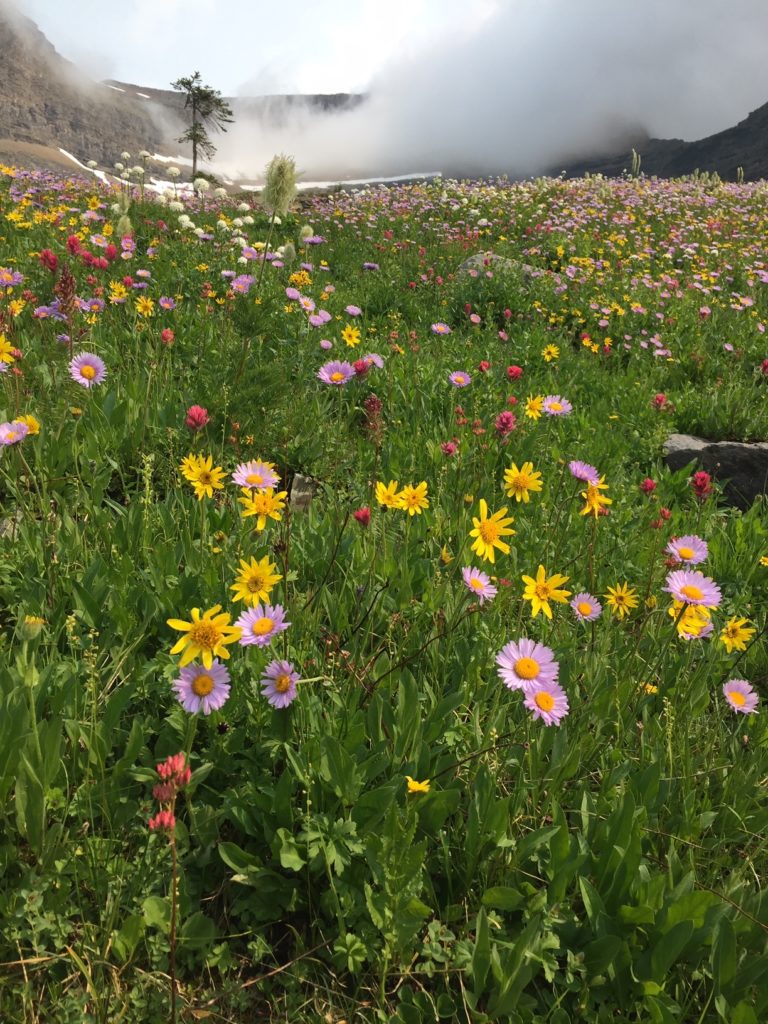
None of the study sites we examined in 2016 and 2017 revealed current pika residents. Did they perish or move? Relocating seems unlikely given that, in many cases, the next closest scree and boulder fields are half a kilometer or more away. Moving to higher elevation would make sense except Glacier has only six mountains over 3,000 meters, which is the far end of the range for pika.
There is some good news among the dire. A new U.S Geological Survey (USGS) study released in July 2017 indicates that some critters are displaying “behavioral flexibility—the ability to rapidly change behavior in response to short—or long-term environmental changes such as climate variability,” notes the study’s lead researcher, Erik Beever.
“Given that species must cope with variability in environmental conditions over multiple time scales, behavioral flexibility can allow some animals a means by which to rapidly and effectively cope with such variability, yet without committing to more-permanent characteristics that won’t always be beneficial,” says Beever.
The researchers gleaned data from 186 studies worldwide that looked at animals’ flexibility in dealing with climate changes.
And for my favorite little mammal? The study reveals that, occasionally, pika exhibit flexible behaviors to avoid and accommodate climatic stress by changing “foraging strategy, habitat use and heat-regulating postures.”
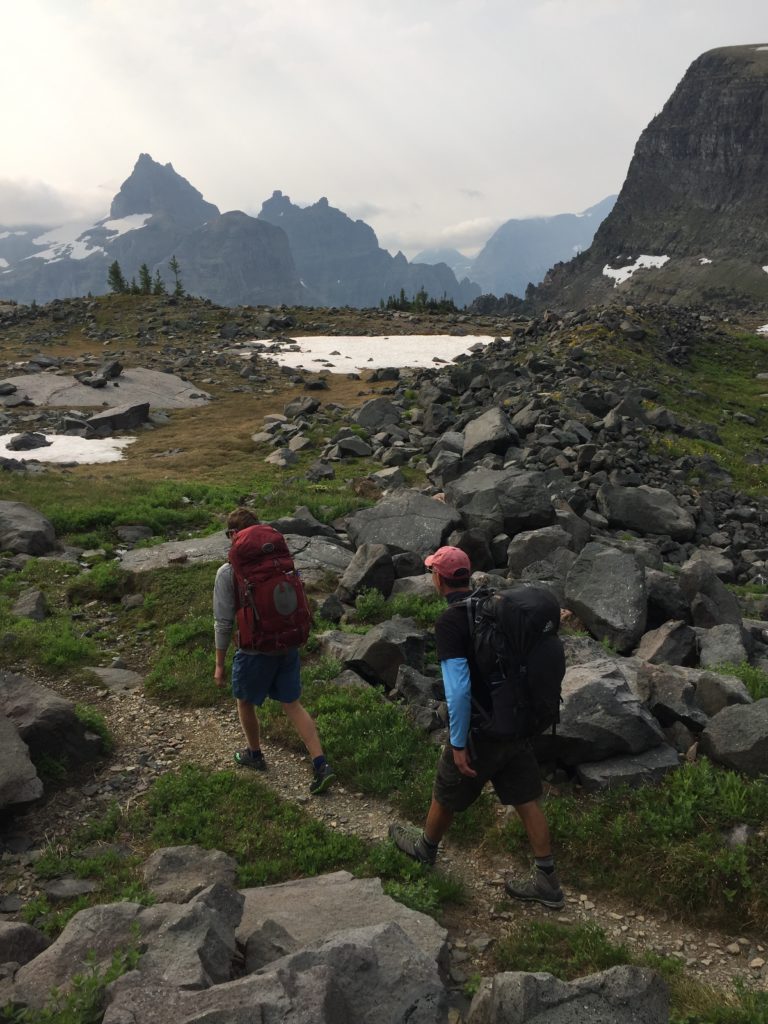
The seemingly unsuitable habitat may be the pika’s new home, although more research is needed to determine if pika in the Northern Rockies will be able to find cool, snowy, and rocky territory.
Skiers should care about the little fur balls since its decline is a harbinger of the decline of moisture in the mountains, stored as snowpack atop glaciers. That snowpack in the high country fills our streams and rivers. Glacier’s Triple Divide Peak is a hydrological apex with waterways flow into three major river systems to different oceans: the Pacific, the Gulf of Mexico/Atlantic Ocean and Hudson Bay/Arctic Ocean.
As summers become hotter and drier across the West, Glacier and Waterton suffer more months of wildfires. Although open now, at this writing, part of Glacier’s Going-to-the-Sun Road was closed to fires. What harms pika, harms people. It’s easy to feel a bit helpless. After all, what can a few lovers of winter and mountain spaces do to alter what appears to be the course of climate change? One option is supporting The Crown of the Continent or one of the other 19 research and learning centers that combine science and education to help preserve and protect important places for generations to come.
Written by Jean Arthur













